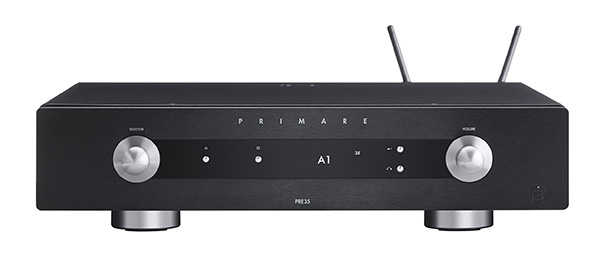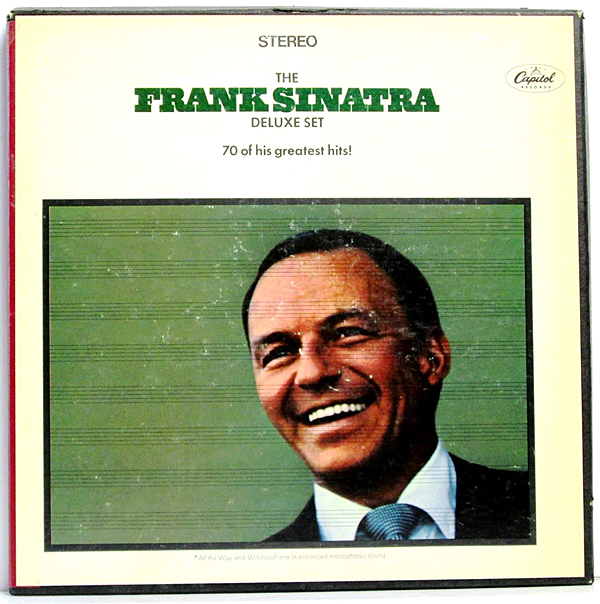| Columns Retired Columns & Blogs |
So: "Even Mute is adjustable: from 0 up to any setting you choose"!
As long as Primare is being so thoughtful, one wonders why they couldn't include tone controls -- thanks, Primare, for not allowing us to tailor the sound even a little bit for some of those cranky old recordings from, say, the 1940s onward.
So: One more product I won't be buying.









































